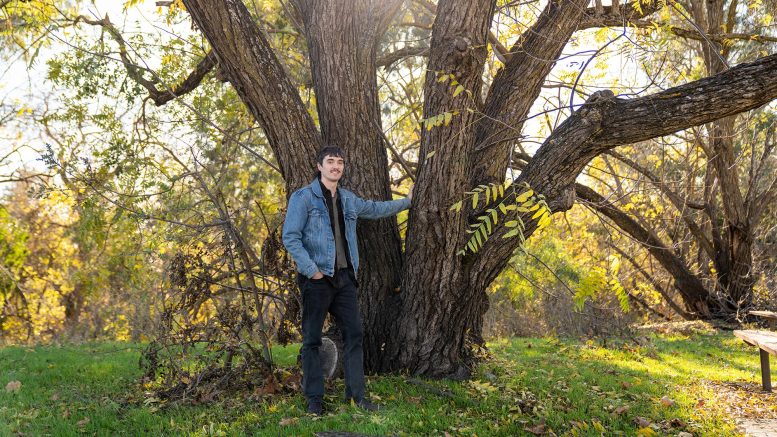Hello, and welcome back to TechCrunch Space! To the shock of no one, ever, NASA announced that the next Artemis mission is delayed to no earlier than April 2026, and the subsequent Artemis III mission is delayed to mid-2027. It will be interesting to see how Artemis changes under Jared Isaacman’s leadership — more on that below…
Want to reach out with a tip? Email Aria at aria.techcrunch@gmail.com or send a message on Signal at 512-937-3988. You can also send a note to the TechCrunch crew at tips@techcrunch.com. For more secure communications, click here to contact us, which includes SecureDrop instructions and links to encrypted messaging apps.
I’ll admit that I was a bit surprised this week when I learned that incoming President Donald Trump is nominating entrepreneur and private astronaut Jared Isaacman to the role of NASA Administrator. The NASA Administrator oversees a $25 billion budget and a workforce of more than 18,000 people — as well as guiding major scientific initiatives that help us understand climate change, the solar system, and so much more.
I took a stab at trying to understand how Isaacman — who is not a political figure, and has never held public office — would lead the space agency through what could end up being one of the most consequential periods in NASA history.

Many people have wondered what exactly is going on with SpinLaunch, a startup that’s developing an alternative system for delivering satellites and other payloads to orbit. I wasn’t able to get to the bottom of it, but I did learn something interesting: While SpinLaunch recently closed $11 million in new funding (after raising a $71 million Series B in 2022), they were mulling a much, much higher sum earlier this year.

It’s fitting that we’ve talked so much about the future of the Artemis program this week, because for this week’s “This week in space history” segment, we’re looking back at Apollo 17 — aka the last time humans walked on the moon. The mission, which took place from December 7-19, 1972, was the last crewed lunar landing under NASA’s Apollo program. Click the link above to learn more about the mission.










Leave a Comment